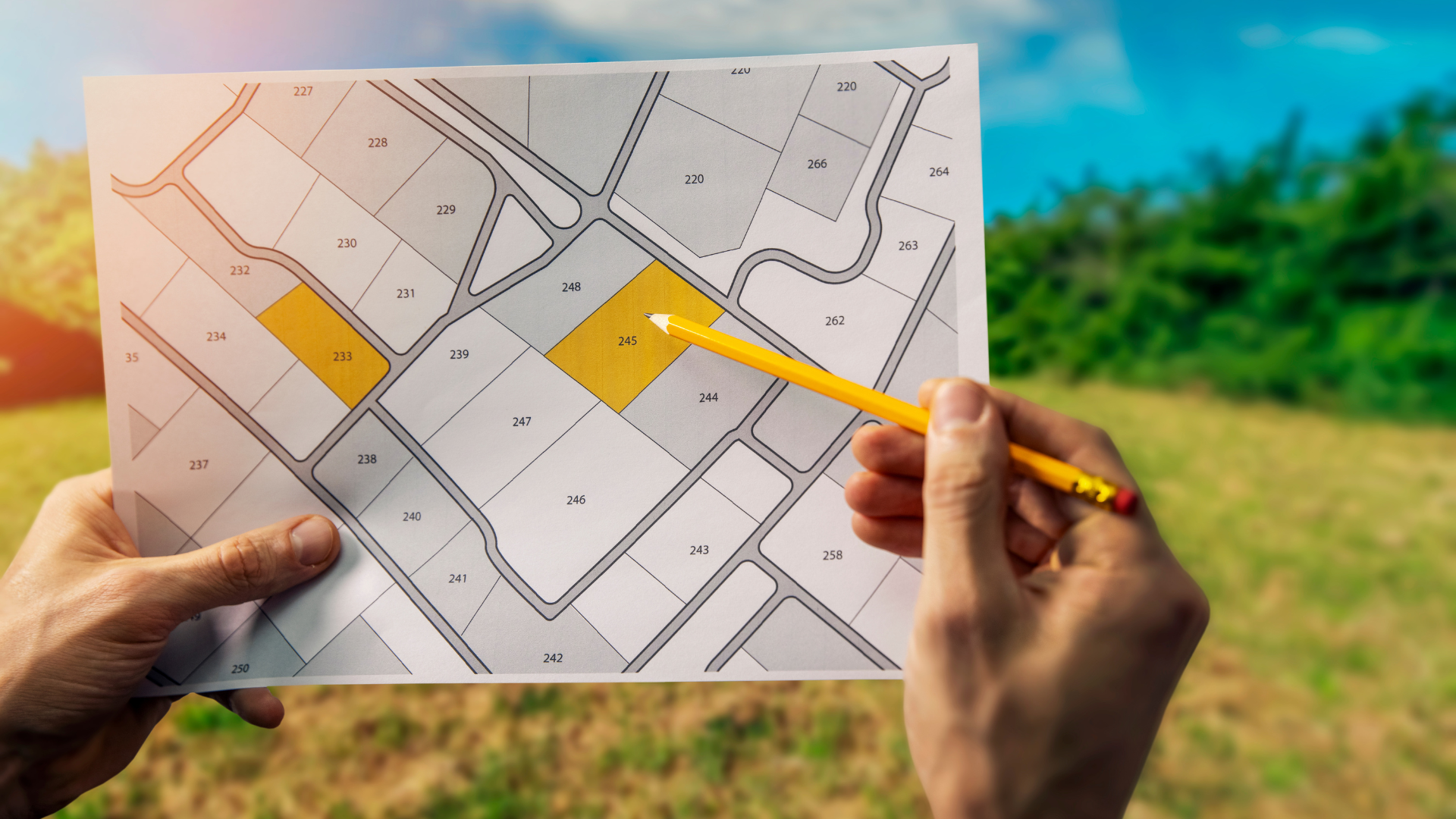
How to Choose the Perfect Plot for Your Small-Scale Development
How to Choose the Perfect Plot for Your Small-Scale Development
When it comes to creating a small-scale development (1–10 plots), choosing the right plot is as important as designing the homes that will sit on it. A great plot doesn’t just happen—it’s discovered through careful planning, smart decision-making, and knowing what to look for. In this blog, we’ll guide you through the key steps to selecting the perfect plot, breaking down the process so anyone can understand it.
1. Location, Location, Location!
The first thing to consider is where your development will be. Location isn’t just about where the plot is on the map—it’s about what’s around it. Ask yourself:
Is the area desirable? Look for proximity to schools, shops, parks, and transportation links.
Who’s your buyer? Families may want quiet suburbs, while young professionals might prefer a central location.
What’s the future of the area? Check if there are plans for new amenities or infrastructure nearby.
💡 Pro Tip: Look for growing areas that balance affordability with rising demand. These are hidden gems!

2. Know the Rules: Planning Permission and Zoning
Not all land can be developed in the way you want. Before falling in love with a plot, check:
Planning permission: Does it already have permission, or will you need to apply? Getting approval can take time and isn’t always guaranteed.
Zoning restrictions: Some land is reserved for agricultural or commercial use, which may limit your development plans.
At 369 Construction Universe Group, we specialise in helping developers navigate planning permissions, ensuring fewer headaches along the way.
3. Examine the Plot Itself
Once you’ve shortlisted a few options, it’s time to visit the plots. Here’s what to look for:
Shape and size: Is the land big enough for your plans? Oddly shaped plots can complicate designs.
Topography: Is the land flat, sloped, or uneven? Flattening or reshaping the land can add significant costs.
Access: Is the plot easy to reach? You’ll need good road access for construction vehicles—and eventually for residents.
💡 Pro Tip: Keep an eye on natural features like trees or streams. While they can add character, they may also bring legal or environmental constraints.
4. Check for Utilities and Services
A plot without access to water, electricity, or sewage might seem cheaper—but installing these can be extremely costly. Check:
Are utilities already connected? If not, research how much it will cost to bring them to the site.
Drainage: Poor drainage can lead to flooding, which could damage homes and drive away buyers.
Internet and phone coverage: In today’s world, this is non-negotiable for most buyers.
5. Investigate the Ground Beneath Your Feet
Before buying, always have the soil and ground conditions assessed by a professional. Why? Because:
Certain soil types, like clay, can cause foundations to shift over time.
If the land was previously built on, there could be hidden contamination.
At 369 CUG, we offer guidance on these technical aspects, ensuring you’re confident in your purchase.
6. Consider the Neighbours
No one wants complaints about construction noise or disputes over boundaries. Before buying:
Research the surrounding area: Are there existing homes or businesses? Will they complement your development or cause issues?
Meet the locals: A friendly community can make your development more appealing.
7. Understand Your Budget
Even if a plot ticks all the boxes, it’s not the right one if it blows your budget. Factor in:
The purchase price of the land.
Any development costs (e.g., clearing trees or levelling the ground).
Legal fees, planning applications, and surveys.
💡 Pro Tip: A detailed feasibility study can help you understand all potential costs upfront. It’s one of the many ways we assist small-scale developers.
8. Think About Resale Value
The perfect plot isn’t just about the development—it’s about the return on investment. Consider:
What’s in demand locally? Research recent sales and trends in the area.
What will set your development apart? Unique features, energy efficiency, or clever design can make your homes stand out.

Final Thoughts: Trust the Process
Choosing the right plot takes time, but it’s the foundation (literally) of a successful development. By following these steps, you’ll make smarter decisions and avoid costly mistakes.
At 369 Construction Universe Group, we’re here to support you every step of the way. From site analysis to project management, we help small-scale developers turn ideas into reality.
Ready to start?
